Earlier this summer, I participated in the Attingham Trust’s 72nd Summer School. The program, a 16-day intensive course on the English country house, investigates themes within the decorative arts, preservation, and history through lectures, workshops, and tours of publicly and privately owned English country houses.
Students in the program include collectors, curators, makers, and museum professionals from across the world. Each student brings their own viewpoints and expertise, making each session an opportunity for unique and rich discussions around topics relevant to the care and interpretation of historic houses.
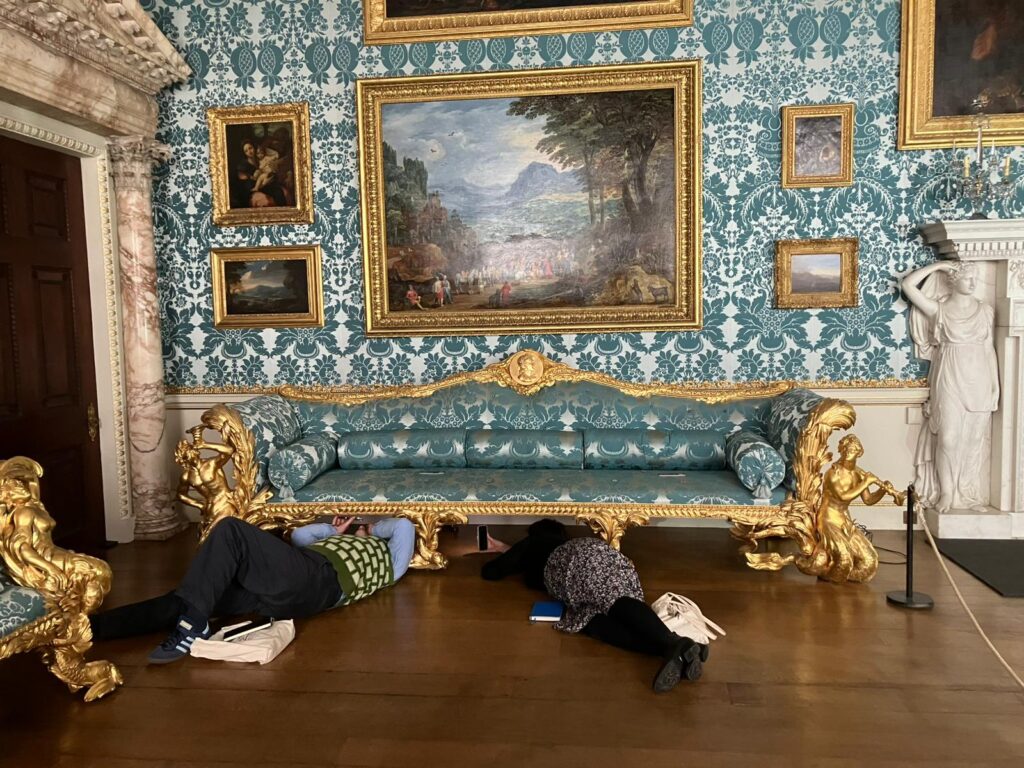
As the Curator of Collections for both of Johns Hopkins University’s historic house museums (Evergreen Museum & Library and Homewood Museum), the program gave me quite a bit to think about. I saw connections to both houses in each of the 26 sites we visited. After filling nearly 180 pages of notes in 16 days, I have more thoughts than can be put into one blog post, but I thought I would share some personal highlights.
Because my background is in material culture, it was perhaps inevitable that some of my favorite parts of Attingham were the objects. The chance to see more examples of Derbyshire spar (also known as blue john) in collections at Chatsworth and Kedleston Hall was especially exciting.
Particularly popular in the 19th century, blue john is a semi-precious mineral that can be found in only two active mines today, both in Derbyshire. The material was valued for its attractiveness and often transformed into Grecian-style decorative urns. For Chatsworth and Kedleston, the mineral was local and its display highlighted a connection these families would have had to land with resources and aesthetic values. In the United States, the display of blue johns was a sign of wealth and status as it meant the individual or family had the ability to acquire a rare material from a faraway place. It further signaled a family’s understanding and aspirational mimicry of a Derbyshire English country house.
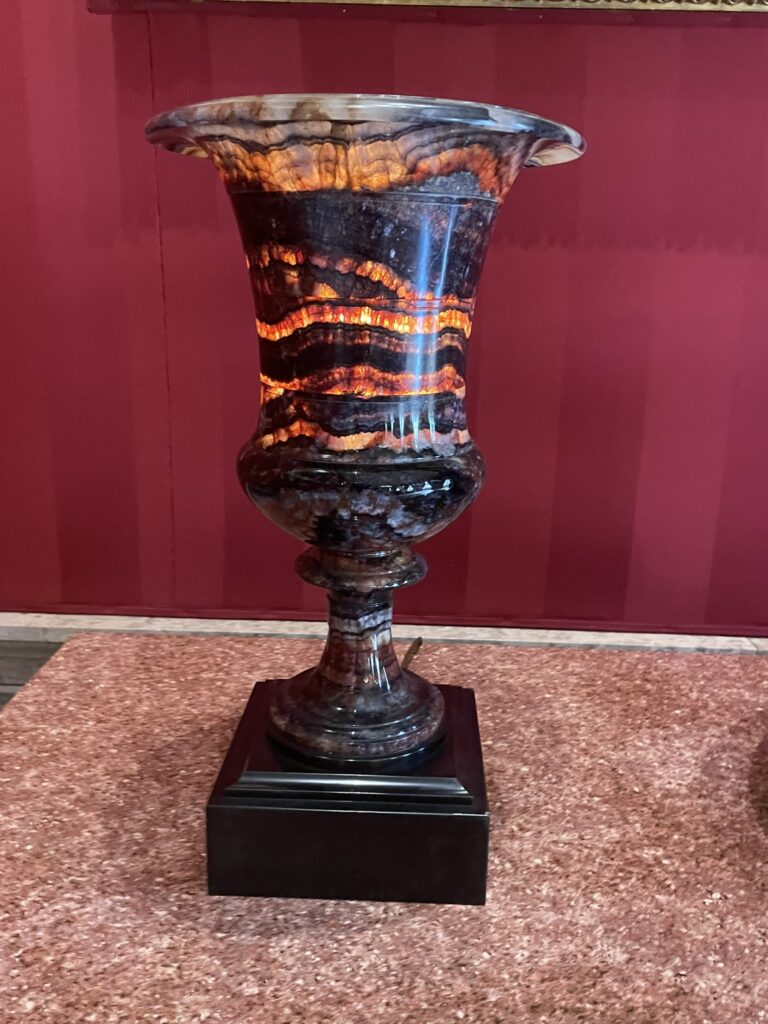
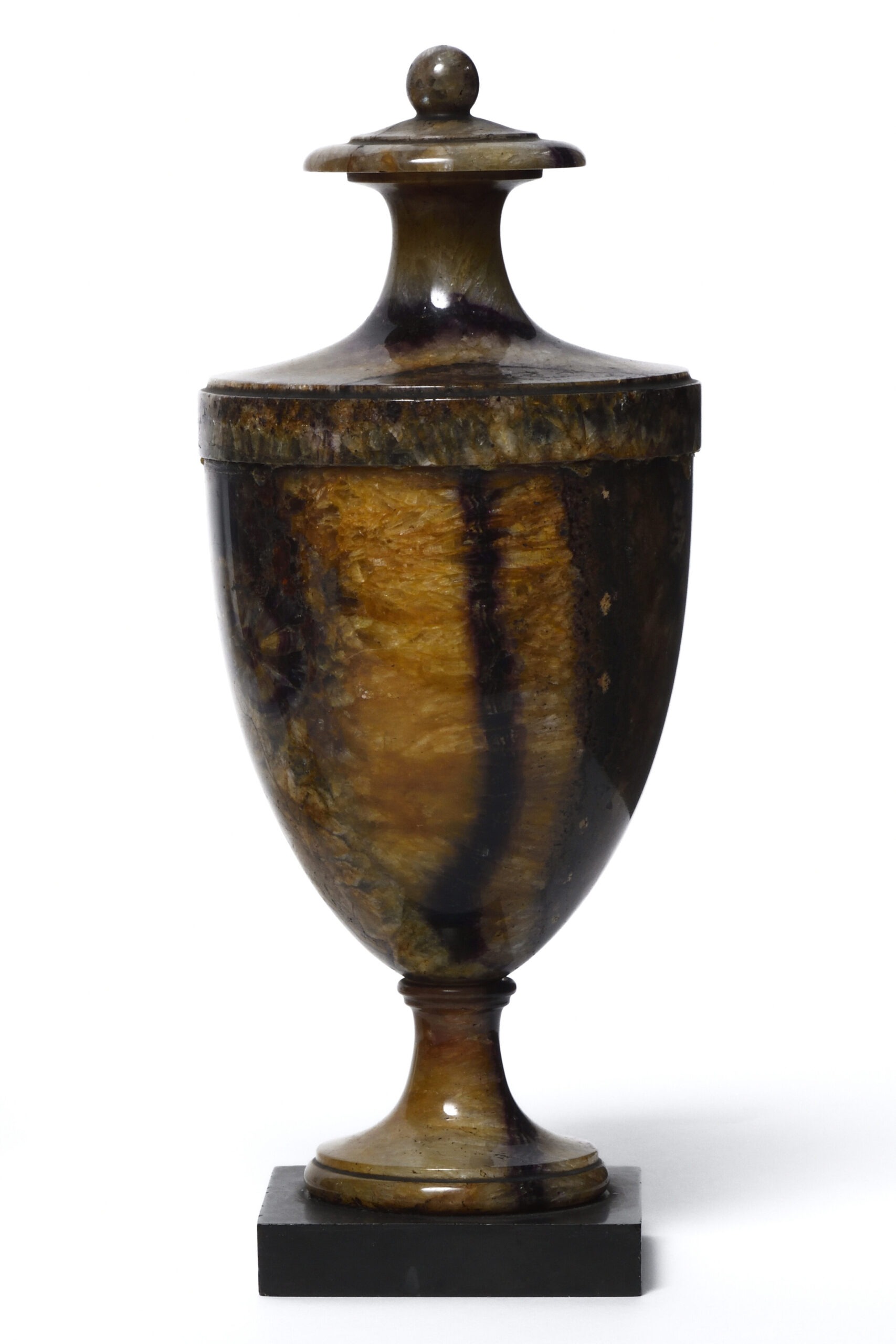
While connections to Homewood were scattered across many of the houses, others reminded me of Evergreen. We stayed at West Dean during the first leg of the trip. The house, which was given to the Edward James Foundation in 1971 to start a college of arts and conservation, had been the home of arts patron Edward James. Like Evergreen’s Alice Warder Garrett, James was inspired by contemporary artists that he encountered in early 20th-century Paris (in his case, Surrealists), and even briefly started his own ballet company (Les Ballets 1933) in part inspired by the Ballets Russes. As a result, West Dean House merges the historic and the traditional with the experimental and the idiosyncratic in a way that is reminiscent of Evergreen. For instance, West Dean’s hall of tapestries interrupted by the installation of Salvador Dali’s lobster phone recalls Evergreen’s main hallway, which itself boasts a c. 1600 Flemish tapestry that is displayed directly across from Ignacio Zuloaga’s sketches of characters from Don Quixote for a 1923 one-act puppet opera, El retablo de maese Pedro.
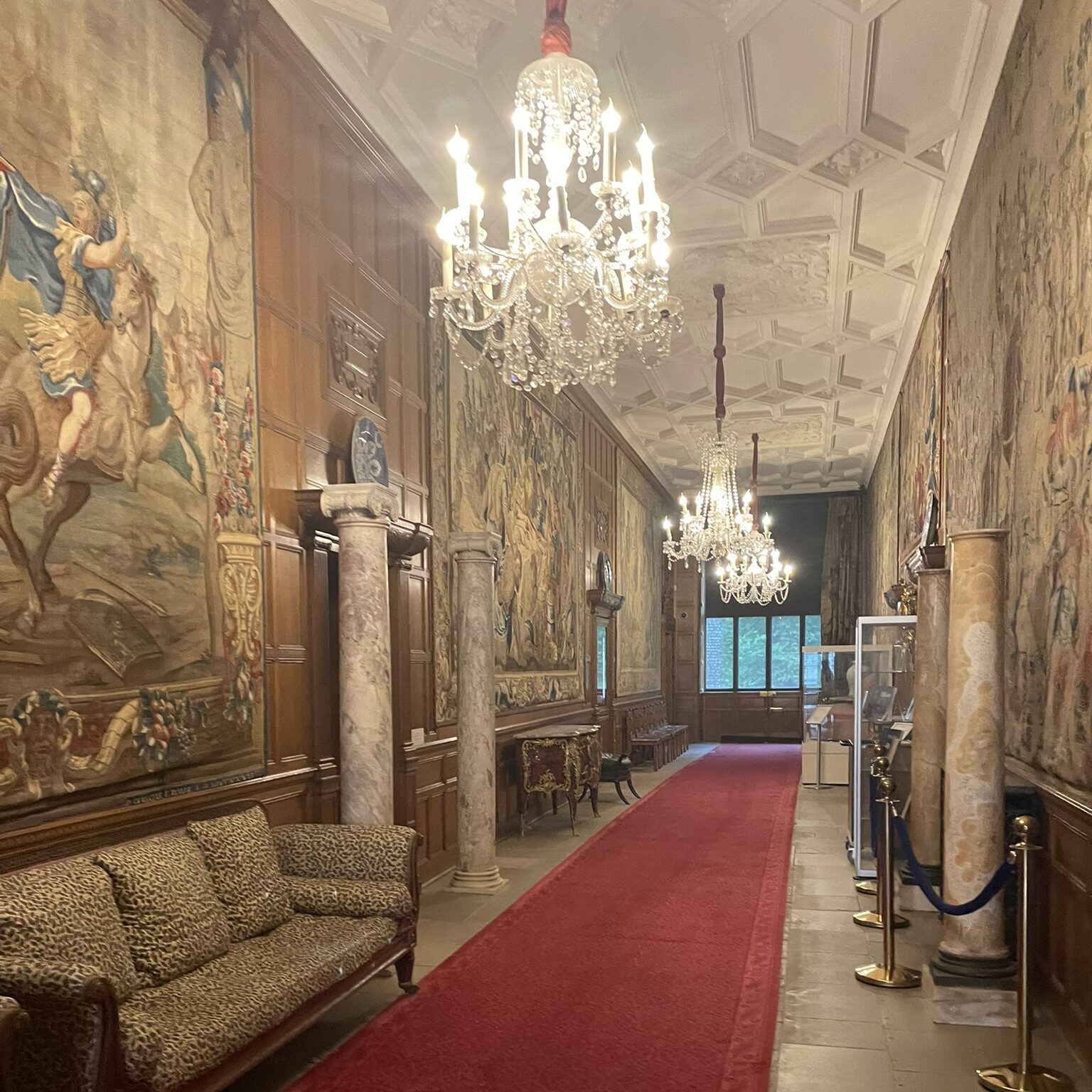
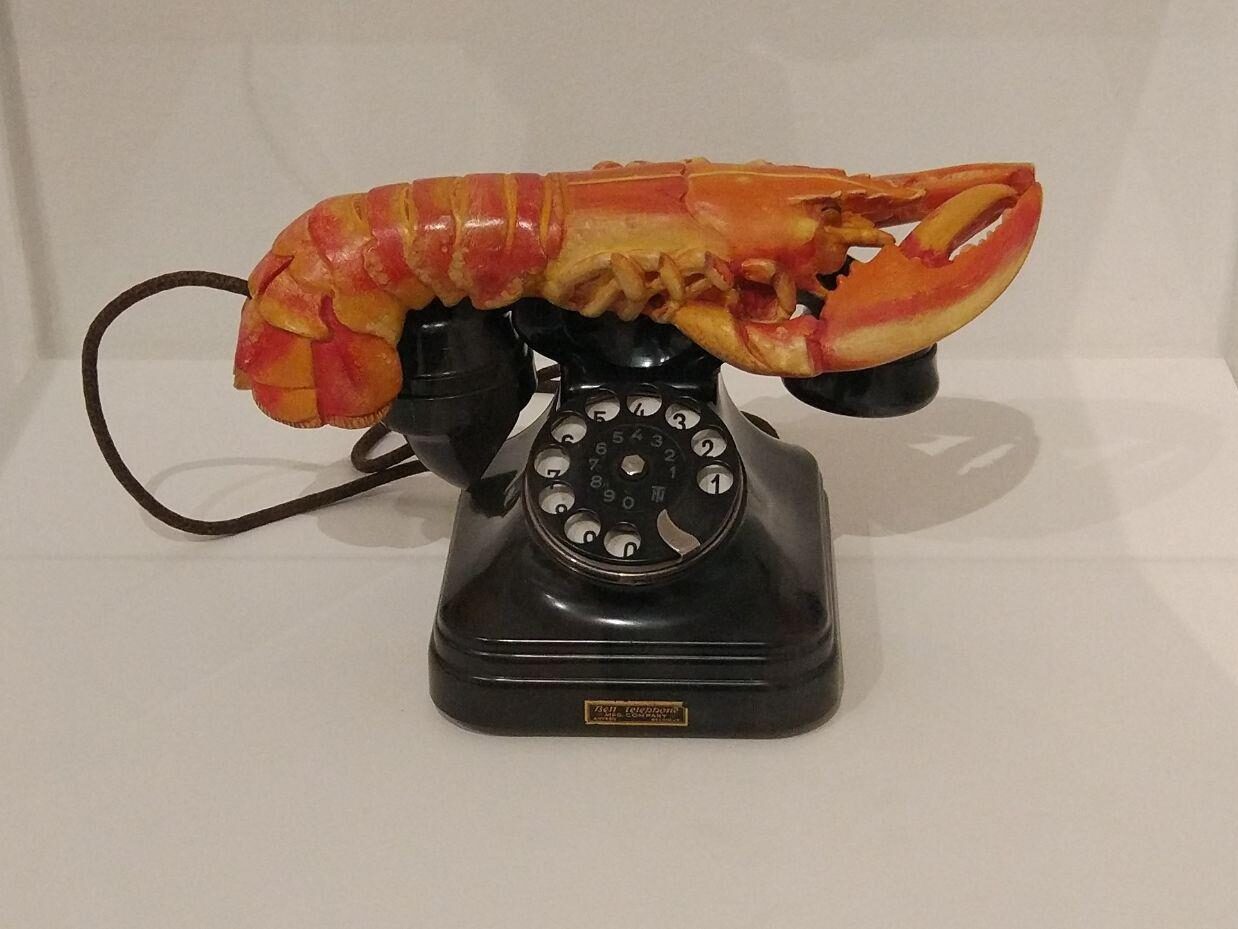
Ultimately, the interpretation of these houses is what I suspect will stay with me most. Each house has adapted to survive in the modern era through thoughtful evolution and experimentation. I was impressed by the many English Heritage and National Trust properties that have found affordable and creative ways to welcome a wide range of learners and community members into spaces that were initially designed to intimidate with displays of wealth and power.

Whether owned as a charitable trust or still in family hands, all of the houses we saw offered layers of history rather than attempting to capturing any one single time period. None were static photographs of the past, but rather dynamic places for the living. As a result, the houses—whether they functioned primarily as a historic house museum, boarding school, college, family home, or nature space—felt alive and attractive to visitors. As a curator of two historic houses that exist to welcome successive generations of Hopkins students and the public, this theme particularly resonated.
